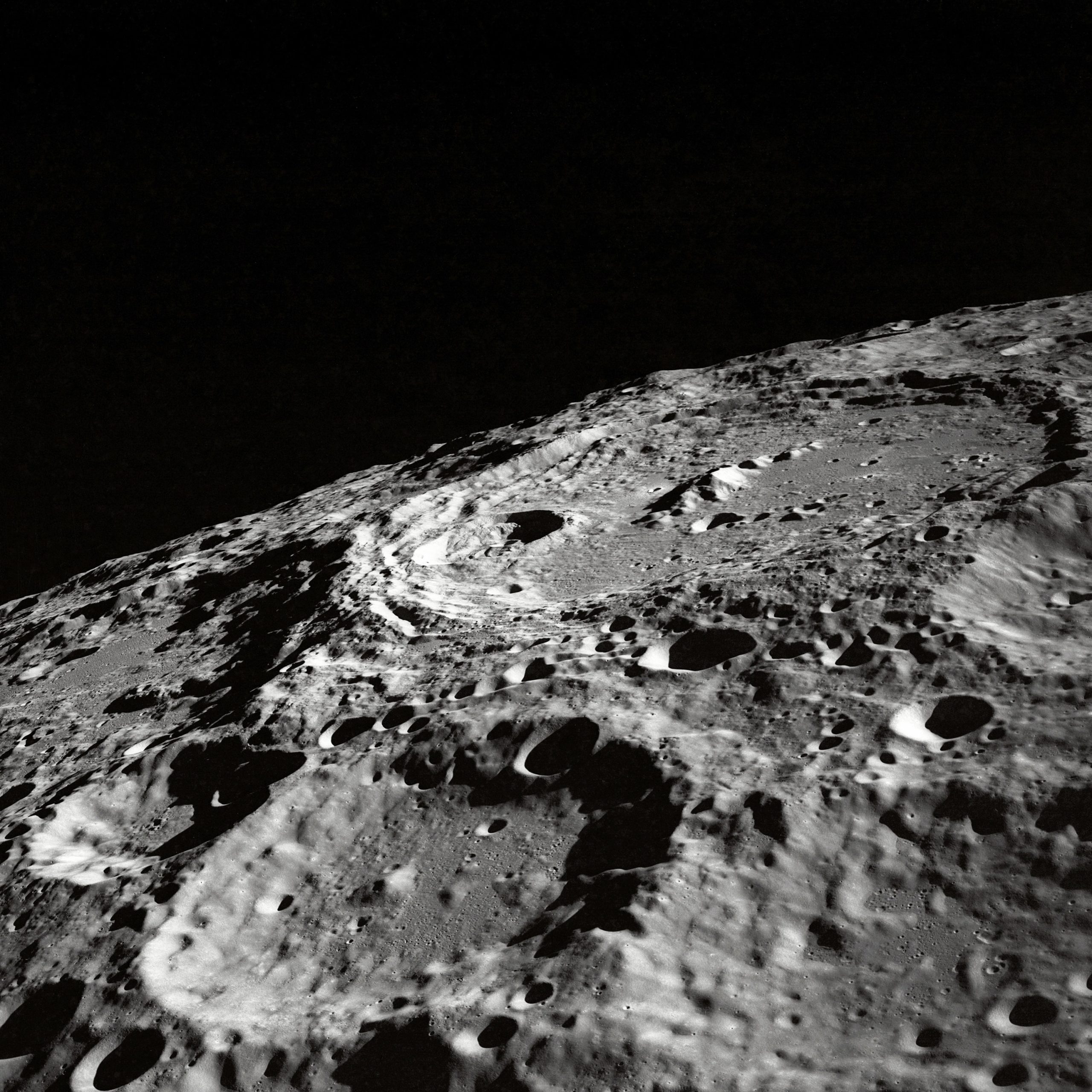How Long Does a Solar Eclipse Last?
When it comes to natural celestial phenomena, few events capture our imagination quite like a solar eclipse. The breathtaking sight of the moon passing between the Earth and the sun, precisely aligning to create a dazzling display of light and shadow, is a sight to behold. But have you ever wondered just how long this incredible event lasts? In this blog post, we will explore the duration of a solar eclipse and delve into its different phases.
The Basics: What is a Solar Eclipse?
Before we dive into the specifics of a solar eclipse’s duration, let’s recap what exactly a solar eclipse is. A solar eclipse occurs when the moon passes directly between the sun and the Earth, casting a shadow on the Earth’s surface. This alignment happens during a new moon, when the moon and the sun are in conjunction.
There are a few different types of solar eclipses, including total solar eclipses, partial solar eclipses, and annular solar eclipses. For the purpose of this blog post, we will focus on total solar eclipses, as they are the most awe-inspiring and captivating.
Duration of a Total Solar Eclipse
A total solar eclipse consists of several distinct stages, each with its own duration. These stages are:
- First Contact: This marks the beginning of the eclipse when the moon’s disk starts to intersect with the sun’s disk. The duration of this stage varies but typically lasts around 10 to 15 minutes.
- Totality: The point at which the moon completely covers the sun, revealing its corona, or outer atmosphere. The duration of totality is relatively short, usually ranging from a few seconds to a maximum of around 7 minutes and 30 seconds, although this can vary from eclipse to eclipse.
- Second Contact: This marks the end of totality when the moon begins to move away from the sun. The duration mirrors the duration of First Contact, typically around 10 to 15 minutes.
So, in total, the entire duration of a total solar eclipse can range from around 20 minutes to just over an hour, depending on the specific timing of the eclipse’s stages.
Factors Influencing Duration
Several factors can influence the duration of a solar eclipse. One of the key factors is the distance between the Earth and the moon at the time of the eclipse. The moon’s orbit around the Earth is slightly elliptical, meaning sometimes it is closer to the Earth (perigee) and other times it is farther away (apogee). When the moon is closer to the Earth during an eclipse, its apparent size is larger, leading to longer durations of totality.
The second influential factor is the Earth’s distance from the sun during the eclipse. The Earth’s elliptical orbit means that its distance from the sun can vary throughout the year. When the Earth is closer to the sun (perihelion), the sun’s apparent size is slightly larger. This can also contribute to longer durations of totality during a solar eclipse.
Finally, the location from which the eclipse is observed also plays a role in its duration. As the eclipse’s shadow moves across the Earth’s surface, the distance covered by the shadow affects how long the eclipse lasts for observers in different locations.
Longest and Shortest Total Solar Eclipses
While the average duration of totality for a total solar eclipse is around a few minutes, there have been notable occasions where eclipses have lasted significantly longer or shorter:
The longest total solar eclipse of the 21st century occurred on July 22, 2009. It had a duration of around 6 minutes and 39 seconds. This eclipse was visible across parts of Asia and the Pacific, captivating millions of people.
On the other hand, the shortest total solar eclipse of the 21st century happened on April 9, 2005. It lasted for a mere 29 seconds. This eclipse was visible from parts of the Pacific Ocean, making it one of the most elusive and fleeting eclipses in recent history.
Conclusion
While the duration of a solar eclipse may vary depending on several factors, one thing is certain: witnessing a solar eclipse is a once-in-a-lifetime experience. Whether you are fortunate enough to witness an eclipse with several minutes of totality or just a few fleeting moments, the beauty and wonder of this celestial event are sure to leave a lasting impression.
So mark your calendars, plan your trips, and prepare your eclipse glasses because when the time comes, you won’t want to miss this incredible event of nature’s own grand spectacle.
Table of Contents
